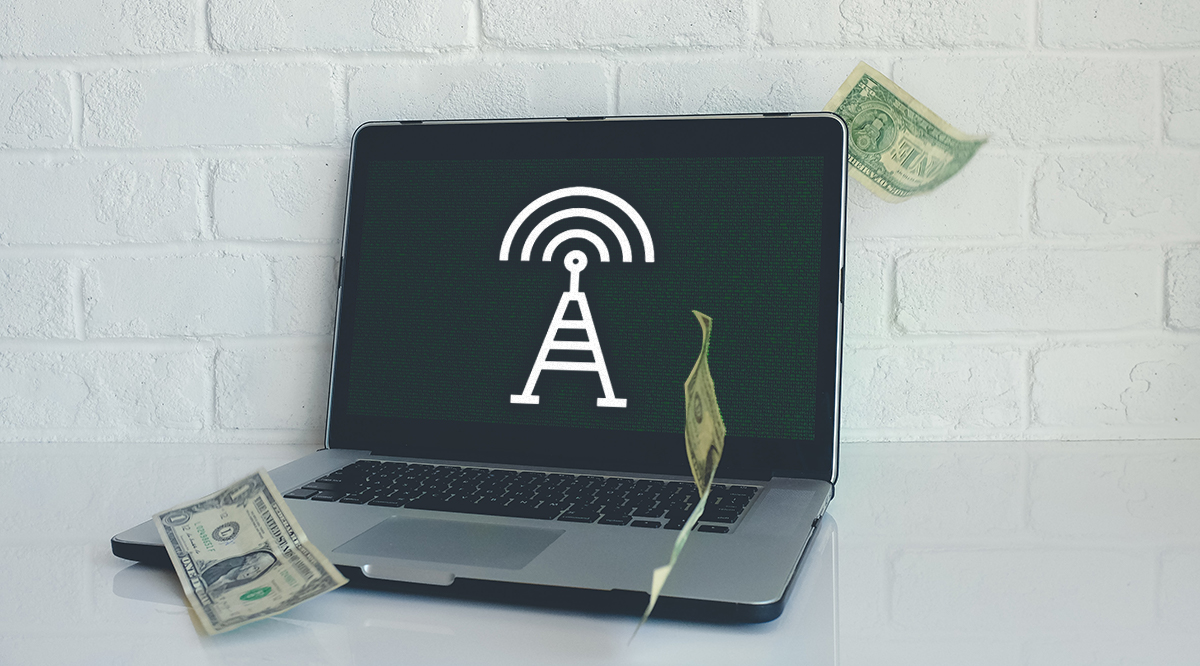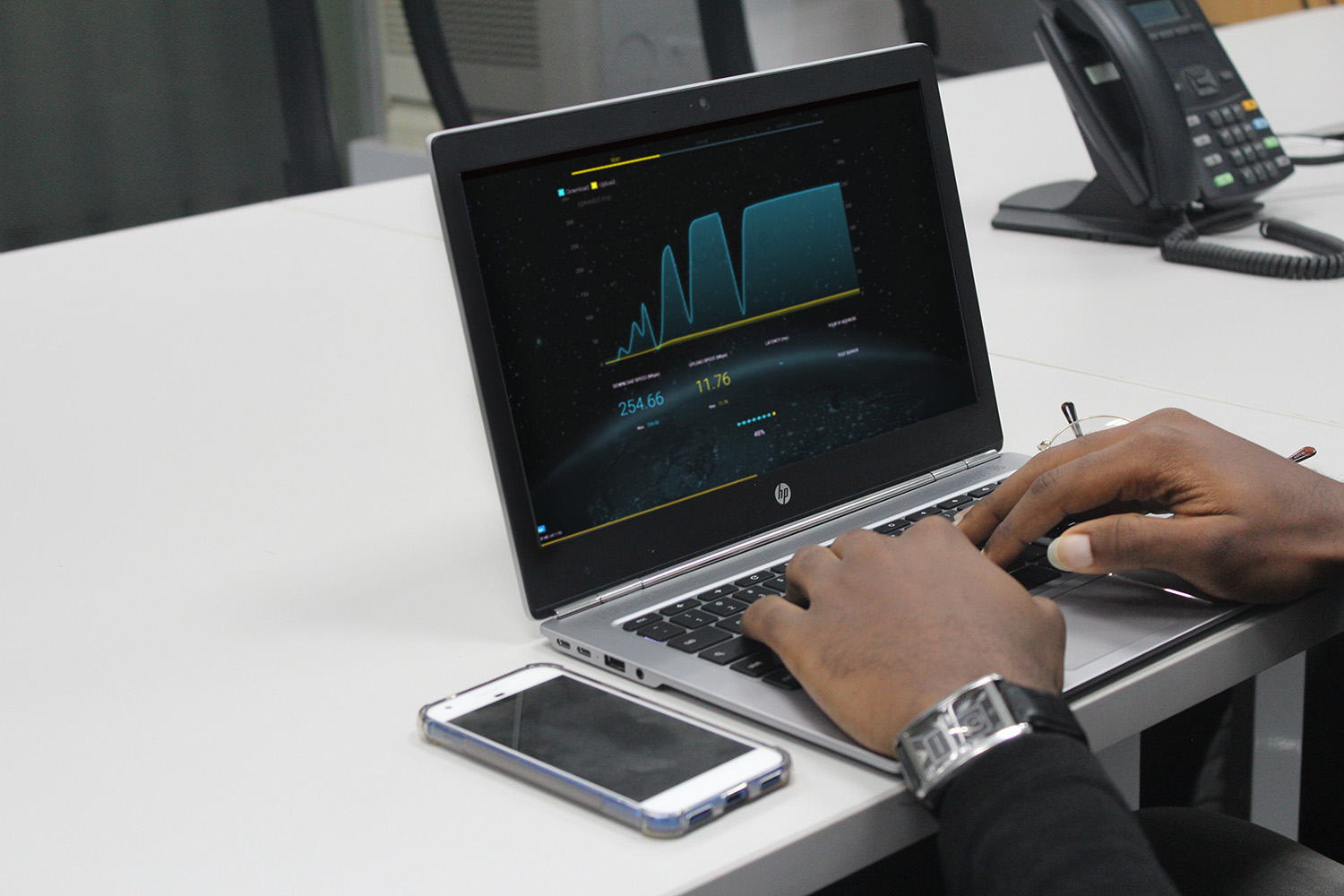Broadband
Written by Roberto Gallardo and Benjamin St. Germain. In 2019 one of us wrote two Medium posts introducing a new metric related to digital inclusion called digital distress. Since then, we know of several organizations and communities that have used…
A post COVID world is different in many respects but perhaps the one that stands out the most is that it is more digital than the pre COVID world. While digitization was in full force before the pandemic, COVID accelerated…
The Purdue Center for Regional Development (PCRD) is collaborating with the Indiana Farm Bureau, which announced the formation of the Indiana Broadband Strategic Partnership (IBSP) to help bring reliable broadband to the most unserved and underserved communities across the state.…
Written by Roberto Gallardo & Benjamin St. Germain. As part of the federal response to the COVID-19 pandemic, the United States Congress passed a second relief bill in December 2020 that included a program called the Emergency Broadband Benefit (EBB).…
We are happy to announce the release of the 2019 digital divide index. This updated version keeps the three scores you are familiar with: overall digital divide index, infrastructure/adoption, and socioeconomic. These scores still range from 0 to 100, where…
By Roberto Gallardo and Brian Whitacre Broadband data and maps have gotten a substantial amount of attention recently. In fact, Congress passed the DATA Act earlier this year to improve the accuracy of broadband maps. Why? Well, broadband results depend…
When the COVID-19 public health emergency hit in March of this year, most organizations and employers scrambled to continue working remotely to slow down the virus’ spread. While the economic impact has been significant, many organizations were indeed able to…
Written by Angelica Del Real The outbreak of the COVID-19 pandemic has caused many Americans to transition to remote work. This means learning how to set up virtual meetings, keeping coworkers updated, and continuing to work with your team without…








